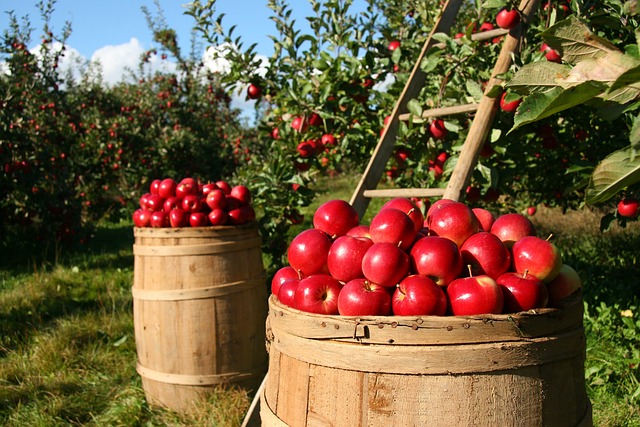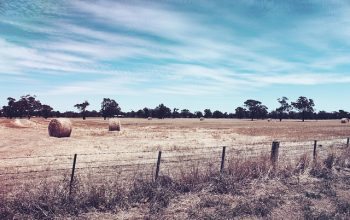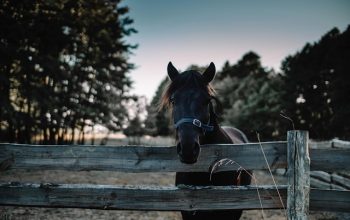Before installing farm fences in Ontario, research local regulations, obtain necessary permits from your municipality or regional government, and choose suitable materials like wood or metal posts. Proper preparation involves clearing the fence line, marking the perimeter, and ensuring compliance with regulations. Maintain your fence through regular cleaning, inspections for damage, and protective treatments against weather and insects to preserve its structural integrity. For reliable solutions, consider Fence Right Inc, a partner for Ontario farmers offering tailored options and climate-resilient designs.
“Looking to secure your Ontario farm with a robust fence system? This comprehensive guide by Fence Right Inc. outlines five essential steps for installing farm fences, catering specifically to Ontario’s unique agricultural landscape. From understanding local regulations and selecting the ideal fence type to preparation techniques and post-installation care, we ensure your fence stands the test of time. Discover expert insights tailored to Ontario’s farming community.”
Planning and Permits: Understanding Local Regulations for Farm Fences in Ontario
Before beginning any fence installation, it’s crucial to understand local regulations and permits required for farm fences in Ontario. Different regions within the province may have specific rules and guidelines regarding fencing, especially when it comes to agricultural properties. As Fence Right Inc understands the importance of compliance, they advise clients to research and familiarize themselves with these local laws.
One key aspect involves checking with your municipality or regional government to obtain necessary permits. These permits ensure your fence installation adheres to zoning regulations, land use bylaws, and other relevant standards. By taking the time to plan and secure the right permits, homeowners can avoid potential fines or legal issues down the line.
Choosing the Right Fence Type for Your Agricultural Needs
When considering farm fences in Ontario, choosing the right type is paramount. Your agricultural needs, from livestock containment to property demarcation, dictate the material, design, and height of your fence. For instance, electric fences are ideal for containing grazing animals like sheep and goats, providing both efficiency and safety. On the other hand, robust wood or metal post fences offer better durability and visual appeal for larger properties.
Fence Right Inc offers a range of options tailored to diverse needs. Whether you’re looking for a traditional fence with aesthetic appeal or a functional solution, they have the expertise to guide you. Their products are designed to withstand Ontario’s varying climates, ensuring your farm fencing investment is both long-lasting and effective in achieving your agricultural objectives.
Preparation and Installation Techniques: A Step-by-Step Guide
Before installing your farm fences, proper preparation is key. Begin by clearing the fence line of any debris or trees, ensuring a clear path for construction. Mark out the perimeter using stakes and string to create a precise layout, taking into account local regulations and property boundaries. This step ensures your fence aligns with legal requirements and minimizes future issues.
Next, choose the suitable materials and tools. Fence Right Inc offers a range of options, from traditional wooden posts to modern metal fencing. Gather all necessary equipment, including post-hole diggers, hammers, and concrete mixers. Prepare the posts by cutting them to the required height and ensuring they are treated for durability. Installation techniques vary based on fence type; for instance, post-and-rail fences require setting posts securely in holes and attaching rails with brackets. Follow manufacturer instructions for specific guidelines, especially when using electric fence systems.
Post-Installation Maintenance Tips to Ensure Longevity of Your Farm Fence
After successfully installing your farm fence, proper maintenance is key to ensuring its longevity and structural integrity. Regular cleaning and inspection are essential steps in this process. Remove any debris or vegetation that might accumulate around the fence posts, as these can cause rot or weaken the structure over time. Check for any signs of damage, such as cracks, bends, or loose panels, addressing them promptly to prevent further deterioration.
Consider using products designed to protect wooden fences from the elements, like sealants and preservatives, especially in Ontario’s diverse climate. These treatments can significantly extend the life of your fence by shielding it from moisture, UV rays, and insect damage. Fence Right Inc recommends a yearly inspection and maintenance routine to keep your farm fence in top condition, ensuring many years of reliable protection for your property.
Installing a farm fence is a significant investment for any agricultural operation in Ontario. By carefully planning, selecting the appropriate fence type, and adhering to expert installation techniques, you can ensure your new barrier stands the test of time. Whether you’re looking to protect crops, contain livestock, or enhance property lines, Fence Right Inc offers proven strategies and maintenance tips to help guide you every step of the way. Remember, a well-installed farm fence is not just a structure; it’s an investment in your business’s future success.




